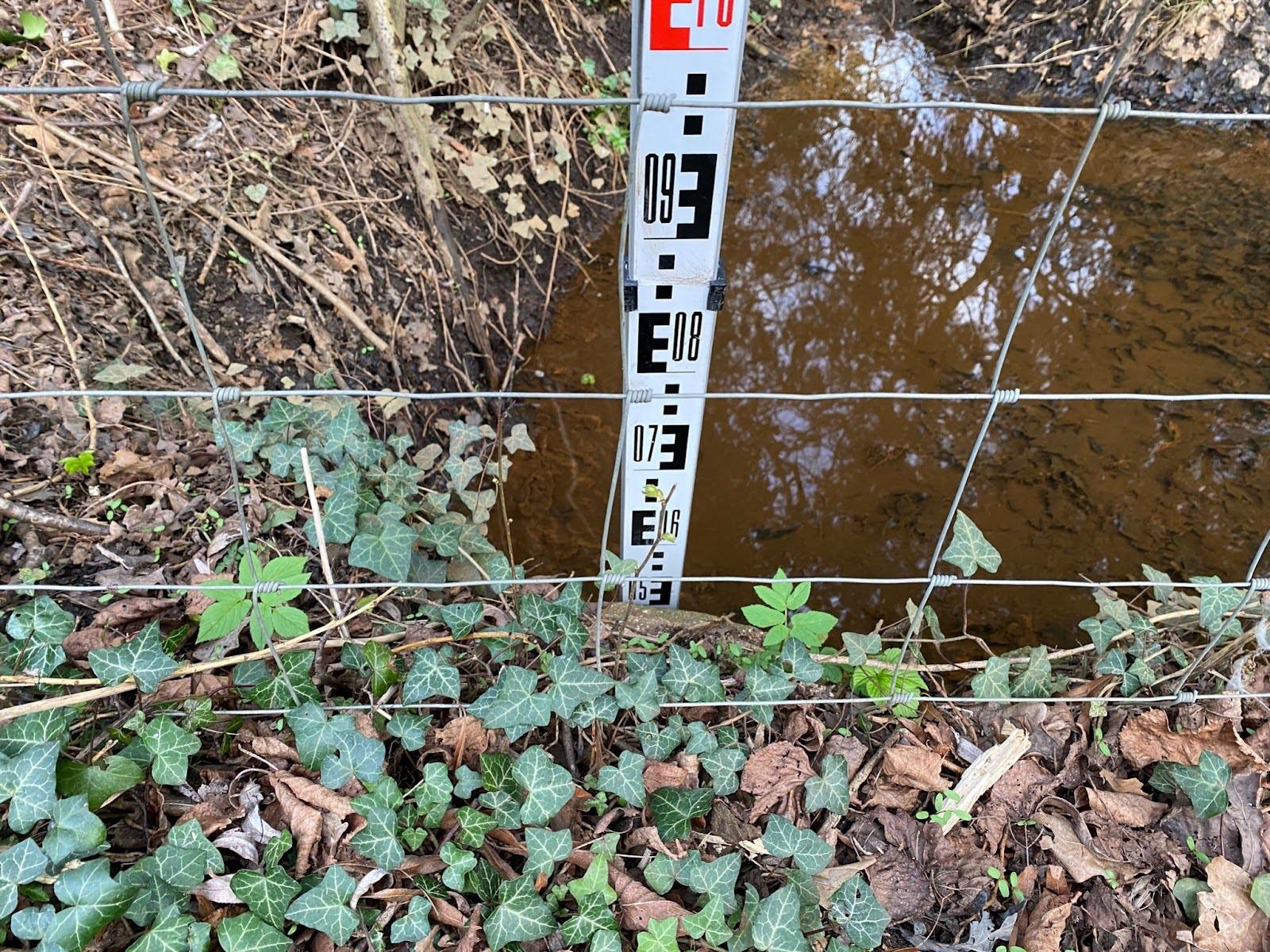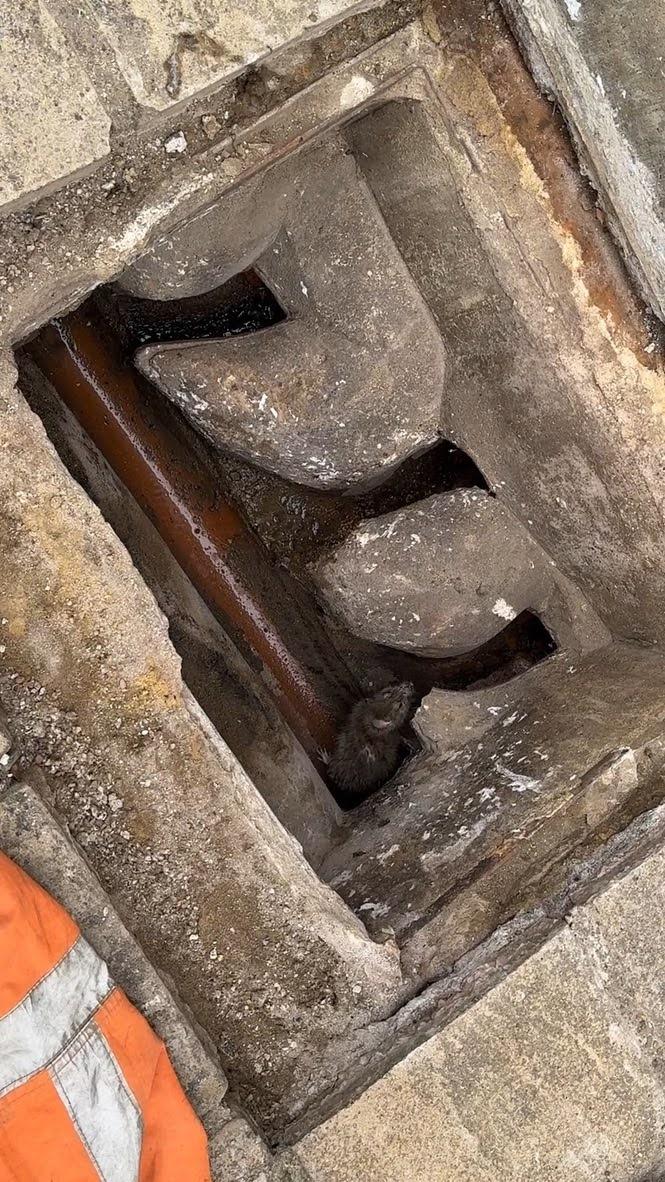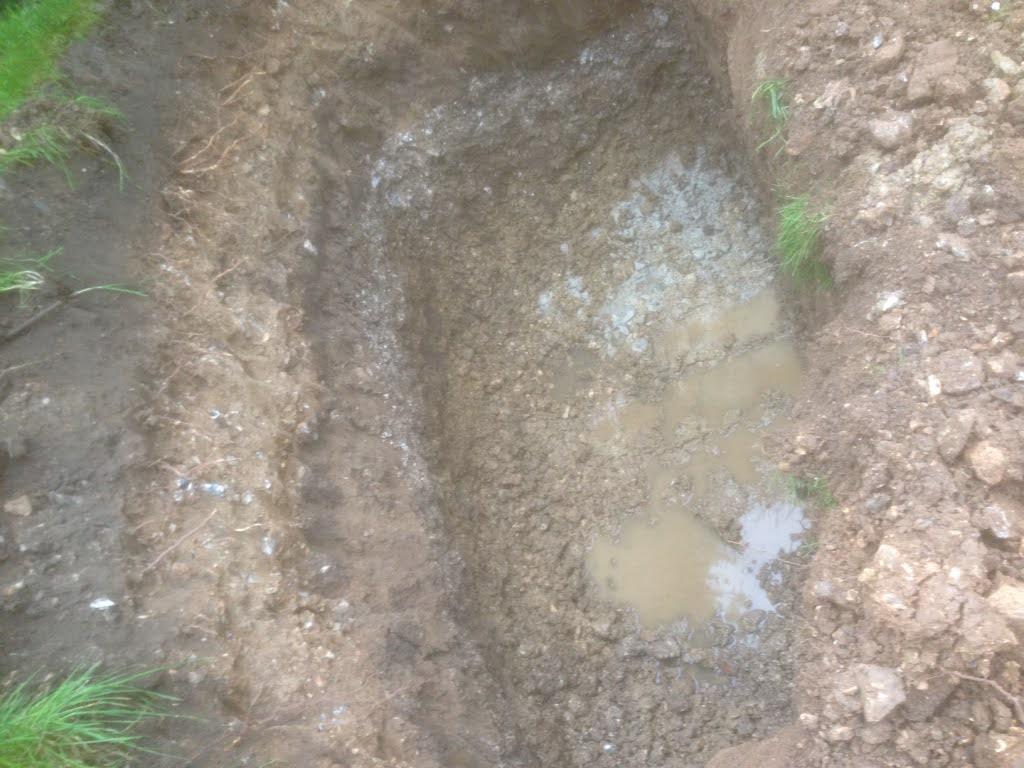Fixing a Broken Drain Pipe in the Ground: A Cautionary Tale
A broken or collapsed drain pipe can be a nightmare for property owners, particularly in unstable ground conditions. The longer the issue is left untreated, the more damage it can cause to your property. Identifying and repairing the problem can be a challenging task, often requiring weeks and a substantial financial investment.
Warning: A Word of Caution
When it comes to working with drains, especially broken pipes, caution is essential. Years ago, a doctor I knew shared valuable advice: “Be careful when hiring drainage operators. Individuals who’ve worked in sterile environments for years may have weaker immune systems, making them more susceptible to illness.”
That said, don’t let this deter you! Many home and business owners possess some immunity due to their exposure to outdoor activities like gardening. However, without the right knowledge and skills, attempting to repair underground pipes yourself can be risky. This is where ASL Limited can help.

Measuring the Depth of the Pipe
Before tackling any repair work, it’s important to measure the depth of the pipe. Here’s how you can do this:
- Measure from the frame to the base of the pipe.
- Use rods to probe the pipe until you reach the damaged section. Lay the rods flat on the ground to measure their length.
- Keep in mind that pipes are usually laid at a slight gradient. The depth may vary slightly along the pipe’s length.
Understanding Ground Types and Pipe Damage
The causes of a broken pipe can vary widely, depending on ground conditions and other factors. For example:
- Clay Ground: Can hold its shape but may become unstable when wet.
- Chalk Ground: Often more stable but can present challenges if fissures are present.
- Sandy Ground: Prone to collapsing, requiring extra caution.
A simple cause might involve accidentally driving a steel pin through a pipe. In such cases, immediate repairs can prevent further issues, especially if the pipe’s base remains undisturbed.

Steps to Fix a Broken Drain Pipe
- Measure the Depth: Use the methods described earlier to determine the depth and location of the damage.
- Wear Protective Gear: Sturdy boots, gloves, and safety glasses are essential. Avoid touching your face while working.
- Inspect for Services: Check for electric cables, gas pipelines, or other utilities near the damaged pipe.
- Use Proper Tools: For plastic pipes, a saw and rasp may suffice. For glazed pipes, industrial-grade equipment will be needed.
Tip: Flexible slip couplings are an effective solution for connecting the new pipe section to the existing one. Make sure to refill the hole with clean soil after completing the repair.
When to Seek Professional Help

While it’s possible to fix straightforward issues yourself, we strongly recommend calling ASL Limited if the trenches are deeper than 300 mm or if the ground conditions are unstable. Improper repairs can lead to more significant problems, costing you more in the long run.
Alternative No-Dig Methods
At ASL Limited, we offer innovative no-dig solutions that can repair many issues without excavation. Using our CCTV survey equipment, we locate the damaged section of the pipe, remove debris, and either insert a liner to seal cracks or re-round the pipe as required. These services are available at a fixed price, providing peace of mind about costs.
Contact ASL Limited
With years of experience repairing broken pipes inside and outside homes, ASL Limited is fully equipped to tackle even the most challenging underground drainage issues. Our engineers are highly trained, and we pride ourselves on delivering efficient, professional service.
Call us today if you suspect a broken pipe or have noticed signs such as:
- Sunken ground
- Wet patches of grass or soil
- Unusually green patches of grass
- Pooling septic waste near drainage fields
We operate seven days a week, from 6am to late evening. Contact us now for more information and to arrange a consultation.

